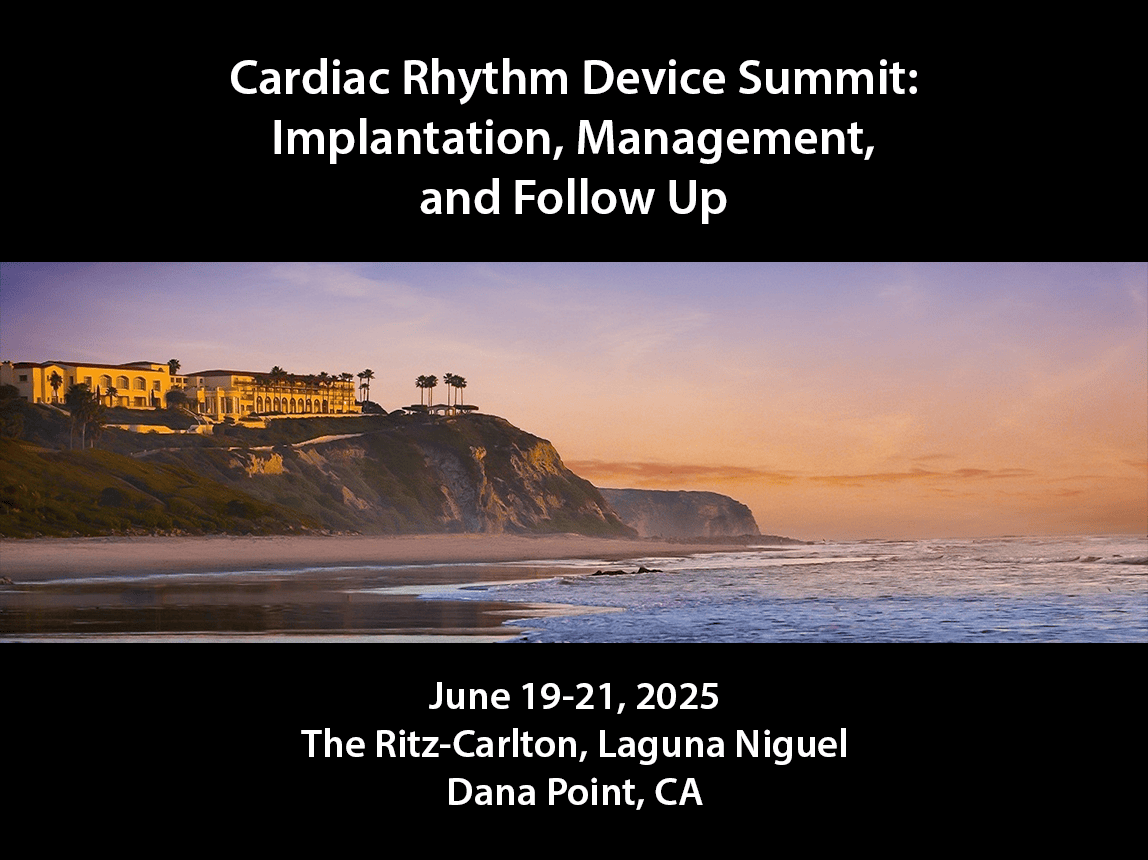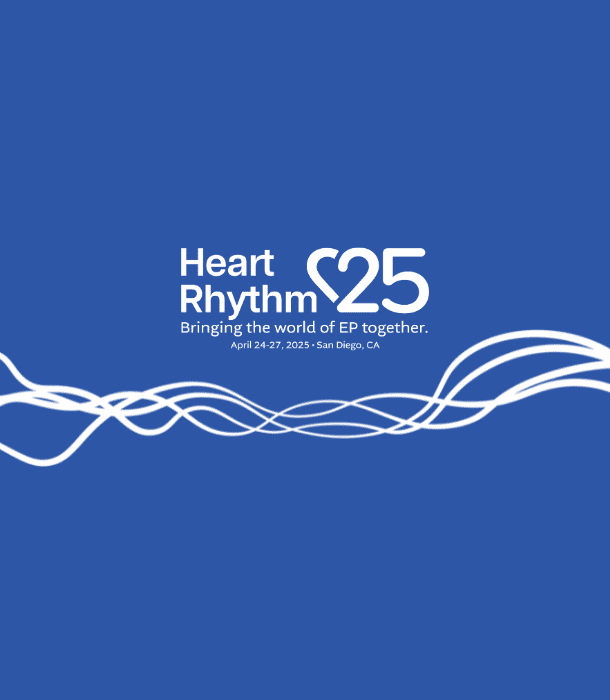Events
HRX Live 2025
HRX is where clinicians, engineers, entrepreneurs, and investors collide to reimagine the future of patient care.
It is a movement that brings together bold thinkers in cardiac electrophysiology to spark the partnerships and breakthroughs that will define the next decade of cardiovascular care.
Heart Rhythm 2025
The Society thanks 10,000+ heart rhythm professionals from around the world whose participation during Heart Rhythm 2025, along with their shared ideas and expertise, helped make this year’s annual meeting a success. Together, we are advancing the field of cardiac electrophysiology.
Publications
Explore the Heart Rhythm Society's preeminent journals: Heart Rhythm, Heart Rhythm Case Reports, and Heart Rhythm O2. Access the latest research, case studies, and digital health innovations, all indexed on PubMed Central.
Heart Rhythm
Heart Rhythm O2
Heart Rhythm Case Reports
Resources
Heart Rhythm TV
Stay informed on critical policy initiatives. Subscribe to the HRS YouTube channel for exclusive Advocacy in Action updates and insights from HRS and HRA leaders.
Advocacy & News

Press Releases
Heart Rhythm Society CEO to Retire at the End of 2025
June 24, 2025
Advocacy Updates
Advocating for heart rhythm professionals practicing in a rapidly evolving healthcare environment.
Press Releases
Get the latest news and updates from HRS, your essential resource for the electrophysiology community.
Position Statements
Providing the most current information about our organization, as well as a wide range of heart rhythm disorder issues.
Career Development
Shape your career trajectory with the Heart Rhythm Society (HRS). We empower electrophysiologists, scientists, fellows, and allied professionals with expert guidance and resources for every career stage, from training to leadership.
Online Education
The Board Review Course is designed to serve a wide audience within the EP community, not only U.S. physicians preparing to certify or recertify. It is intended to be an indispensable tool for providing a fundamentally sound EP knowledge base.
This course features didactic lectures and case-based workshops presented by expert faculty and course directors for in-depth coverage of the essential EP curriculum. This course is designed only for Fellows-in-Training seeking initial certification.
HRX Innovation Hub Passport is your gateway to all of the highlights, insights, and innovations presented at the HRX Live event. The first edition of the Innovation Hub Passport includes all the sessions captured at HRX2022 in San Diego, HRX2023 in Seattle, and HRX2024 in Atlanta. Explore more than 50 hours of the latest and greatest content from start-ups, entrepreneurs, and Key Opinion Leaders in cardiovascular medicine and electrophysiology.
About HRS
Founded in 1979, HRS is a leading resource on cardiac pacing and electrophysiology. Our specialty organization represents medical, allied health, and science professionals from more than 90 countries who specialize in cardiac rhythm disorders.
Get Involved
There are many ways to get involved with HRS programs, advancing both your professional growth and the development of the field.
Partner Events

In-Person
Virtual
Cardiac Rhythm Device Summit: Implantation, Management, and Follow Up
June 19 - 21, 2025
7:30 am - 11:30 am PDT
Dana Point
California
United States

In-Person
Global EP 2025
September 12 - 13, 2025
7:00 am - 4:45 pm EDT
Cleveland
Ohio
United States







Comment Letter
HRA/HRS Support Medicare Coverage of Cardiac Contractility Modulation (CCM) for Heart Failure
February 7, 2025